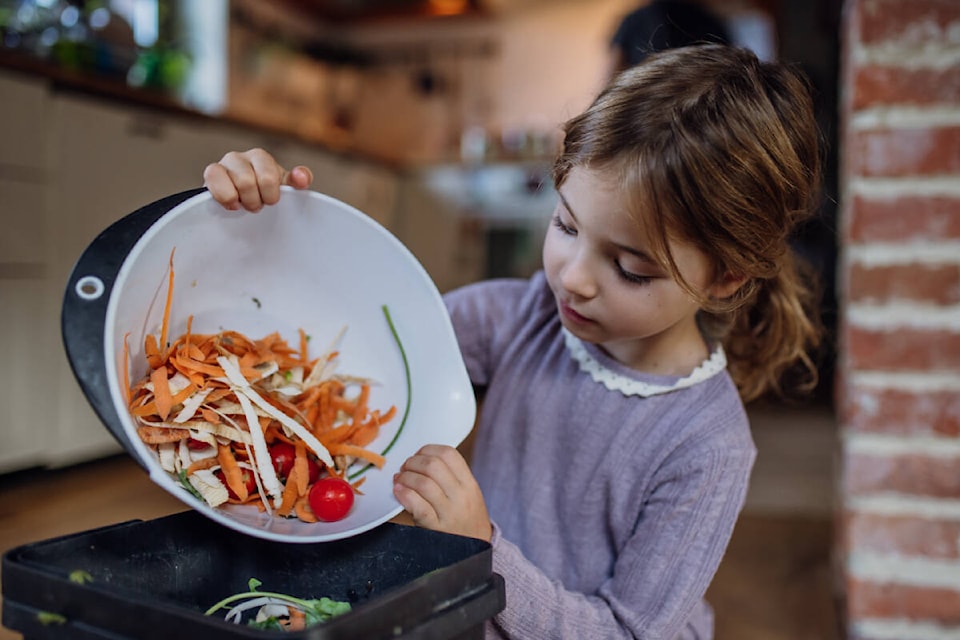One of the great things about composting is that you’re taking things that might otherwise end up filling the landfill – say banana peels or last night’s potato salad – and creating something altogether useful and good for the earth.
That’s the goal behind the City of Wetaskiwin’s new curbside organics program, launching May 6.
The key to creating great compost is including the right ingredients. For those composting at home, that’s especially important as home compost often doesn’t get hot enough to eliminate weed seeds or break down soiled pizza boxes in good time. Add fats or meats and you could be serving up a smorgasbord for pests.
Larger-scale community composting is different and is able to welcome a far broader spectrum of items. Here’s a peek at what that looks like for Wetaskiwin residents.
READ MORE: Wetaskiwin’s curbside pickup goes green in May
Items accepted in the City of Wetaskiwin’s green bins include:
- Fruits and vegetables
- Meat, bones, fish and seafood – to reduce odours, wrap in newspaper
- Eggs and dairy
- Bread, pasta and grains
- Plate scrapings and leftovers
- Tea bags and coffee
- Used pizza boxes, paper napkins and shredded paper
- Sawdust in paper bags
- Wooden cutlery and chopsticks
- Small branches, up to a two-inch diameter
- Grass clippings and weeds
- Kitty litter and pet waste – provided it’s all inside compostable bags
It’s a comprehensive list of what can go into your green bin, but what items are a no-go? It’s a shorter list, but equally important:
- Recyclable containers
- Diapers and hygiene products
- Plastic cutlery
- Plastic foam packaging
- Plastic bags
- Large branches and yard waste.
Organic waste is classified as food waste, yard waste, approved paper products and pet waste – items composed of natural materials that can be broken down into compost. The general rule of thumb: if a household waste item came from something that was once living, it probably belongs in your green cart.
Better yet, keep this handy info sheet ready with all the “need-to-know” details.
Go-to tips for east composting
- Sort it – Add a bottom layer of newsprint or brown paper bags to absorb moisture, then fill your bin through the week. You might want to wait until the day before collection to clear your fridge of the week’s compost items.
- Set it out – Ensure the cart lid is able to close, then put the bin out at the curb, leaving at least a one-metre space around it so the trucks can pick it up.
- Stow it – Following collection, bring your cart back in. If you like, you can rinse it out occasionally with water.
It’s that easy! To learn more, visit wetaskiwin.ca/organics
